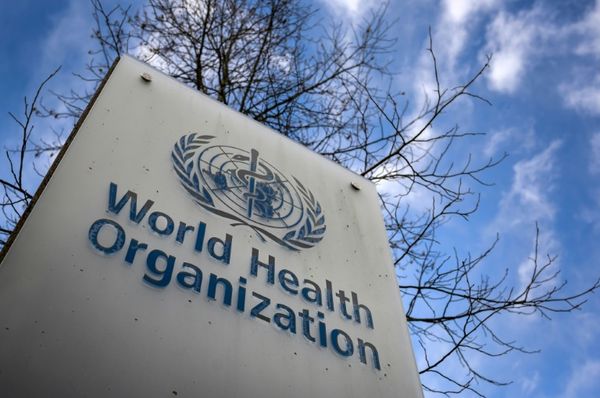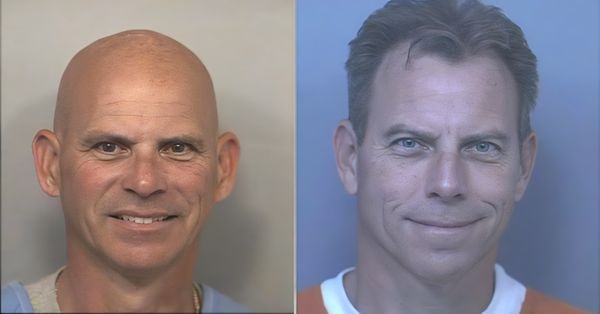The battle for and about Karnataka’s pasts (and present) has eclipsed all other pressing issues related to the crippling learning deficit of the two COVID-19 years, the devastating effects on the economy, the urgency of dealing with the gravest health crisis of the recent past, and the looming threat of climate change. The battle is being fought on two levels: assorted groups of majoritarian mobs, religious heads, writers, and politicians are ‘reclaiming’ historical sites and structures. The principle that is emerging is an adaptation of ‘Show me the person, and I will show you the law’. It is “show me a Muslim structure and I will find you a ‘Hindu’ past”.
Claims and demands
Just as the word ‘encounter’ became synonymous with unlawful killings of suspects by police, the word ‘survey’ has entered our lexicon carrying the pernicious threat of demolition. Not only has a claim now been made on Masjid-e-Ala in Srirangapatnam, constructed by Tipu in 1786-87, but Lingayat mathadishas of northern Karnataka have now petitioned Karnataka Chief Minister B.S. Bommai to conduct a ‘survey’ of the Peer Pasha Bangla in Basavakalyan in Bidar district, claiming it is the seat of the original anubhava mantapa of the 12th century convened by Basaveshwara.
Also read | No need to look for shivlings in mosques daily, says Mohan Bhagwat
Likewise, a ‘survey’ has been demanded of the Assayed Adbullahil Madani mosque at Malali, Mangaluru, to establish its ‘Hindu’ origins. The Chief Minister has shown his willingness to concede these demands.
The second level of the battle has appeared in the form of the recently ‘rewritten’ textbooks, related to social sciences and Kannada. Here too, the principal goal is a control of the narrative of the Karnataka past, and an erasure of recent achievements (e.g. Karnataka’s hard fought and won struggles for social justice in the last five decades). It need not surprise us that the demand for textbook rewriting was first triggered by the ‘beleagured’ Brahmin (represented by the Karnataka State Brahmin Development Board). The Rohit Chakrathirtha committee has obliged by replacing certain texts and authors, and rewriting parts of the social science books to undo the ‘hurt sentiment’. But unlike the Muslim structures which have been targeted for attack, for which there can now only be an appeal to the law, the textbook revisions have seen an unanticipated range of responses that the Bommai government will not be able to so tidily resolve.
Eroding inclusivity
There is an anguished cry from writers such as Devanur Mahadeva, who represents the most innovative and complex in Kannada writing, that they be dropped from the new textbooks. Six other writers have followed suit. They will not resort to book burning or tearing to make their point, but have made dignified pleas to be dropped from a text which now features K.B. Hedgewar’s speech translated into Kannada as ‘Nijavada Adarsha Purusha Yaaragabeku? (Who should be an ideal role model’). What is their objection? Not just to the fact that a translation, of a rather preachy speech, has been chosen over other fine and thoughtful original pieces of Kannada literature. Their objection is also to the homogeneity of the newly included authors, which undoes the achievements of the more inclusive Kannada literary sphere over the last five decades.
Objections to the ‘rewriting’ of the history sections have also been rich and varied. For one, a leading mathadisha, Panditaradhya Swami of Sanehalli, well known for his own support of, and interest in, theatre and literature, has objected to the new portrayal of Basava as a ‘reformer’ of an existing Veersaivism, rather than as the founder of the Lingayat religion that represented opposition to the Brahminical order and its practices. The long-standing battle on Lingayat\Veerasaiva origins had culminated in the demand for a separate religion in 2017, a movement that was successfully snuffed out by the Union government. Prime Minister Narendra Modi and the then Chief Minister B.S. Yediyurappa also began the parallel task of cohering Basava’s Anubhava Mantapa (which is being redeveloped) to ‘Sanatana Pragatipara’, a progressive Hinduism. There was only a weak outcry among Karnataka writers and intellectuals at the time. Do Panditaradhya Swami’s objections now represent possible fissures between orange and saffron in Karnataka?
Not quite. Perhaps as a balancing act, Education Minister B.C. Nagesh was seen respectfully presenting copies of the new textbooks to the head of the powerful Adi Chunchungiri (Vokkaliga) matha, Nirmalananda Swamiji, for his approval. This followed Vokkaliga outrage against Chakrtirtha’s disrespectful take on the State poet Kuvempu’s nada geethe (now the State song). Kuvempu, a Jnanpith Award winning litterateur, has been ‘owned’ by the Vokkaligas, for some time now.
Questions and interpretation
What then is the future of Karnataka’s heritage? At a time when information is freely and abundantly available, can the textbook be a purveyor of information alone? At a time when chaos and disruption are our lot, should students not be taught the rudiments of a historical temper instead? That history is neither about celebrating the glory of (mostly) heroes, or avenging real and imagined ‘historical wounds’ but an argument about the past, based on thoughtful and critical interpretation of facts? At the same time, do those who have been denied a past — tribals, women, Dalits — not deserve to interpret a historical method that has excluded them?
I use the word interpretation deliberately since all arguments for textbook change have emphasised ‘true facts’. Thus, even those who vilify Tipu Sultan, Chakratirtha included, have to admit that he made donations to, and is remembered for, his protection of the Sringeri matha from Maratha marauders. Our children deserve to know how to interpret such facts, alongside the more troubling legacies of his reign. First, all of the Indian past is not about religious clashes between ‘Hinduism’ and Islam. A lot else was happening: our students need to know why Tipu is acknowledged as a restless moderniser, why he was considered among the most valiant of 18th century rulers who fought the British, but also when and how he was turned into a ‘tyrant’. What does the rich symbolism of Tipu’s court — his obsessive use of the tiger stripe for instance — and indeed his adoption of Persian as the official language tell us about the quest for legitimacy? What does his collection of books tell us? What do we make of the technological innovations of his time? They also need to know why he is remembered as responsible for conversions, and oppression, particularly of his enemies. Why did he support some non-Muslim religious people and institutions and not others? All this involves historical thinking, not imbibing of ‘facts’ that produce either pride or hatred.
Second, if we must talk about religious clashes in the past, let us be all inclusive, and talk about the bloody clashes between Saivas, Veerasaivas, and Jains, especially in the medieval period. For this, there is interesting material and literary evidence. Hero Stones (vira kallu) at Haveri, for example, and the reliefs and inscriptions on the Someshwara temple there, clearly depict the vanquishing of the Jains and destruction of Jain temples by the Veerasaivas. At other times, Jain temples were simply taken over and reused as Veerasaiva shrines. The countryside is replete with such examples.
Karnataka has valuable resources with which to begin this conversation among students, teaching them to think about both co-operation and conflict, syncretism and dogmatism, in the past, as much as in our present. And yes, religion is, as the well-known historian Ranajit Guha noted, among the richest archives in India. Should we squander these resources to uphold some impoverished idea of religious nationalism? Instead, we need to ask, like the educationist Krishna Kumar: is there a way of being Indian that is not nationalist, not producing pride, envy or hatred, but understanding and inclusivity, and tolerance for difference? I believe Karnataka’s rich heritage offers this unique opportunity for both truth and reconciliation.
Janaki Nair was Professor at the Centre for Historical Studies, Jawaharlal Nehru University until retirement in 2020







